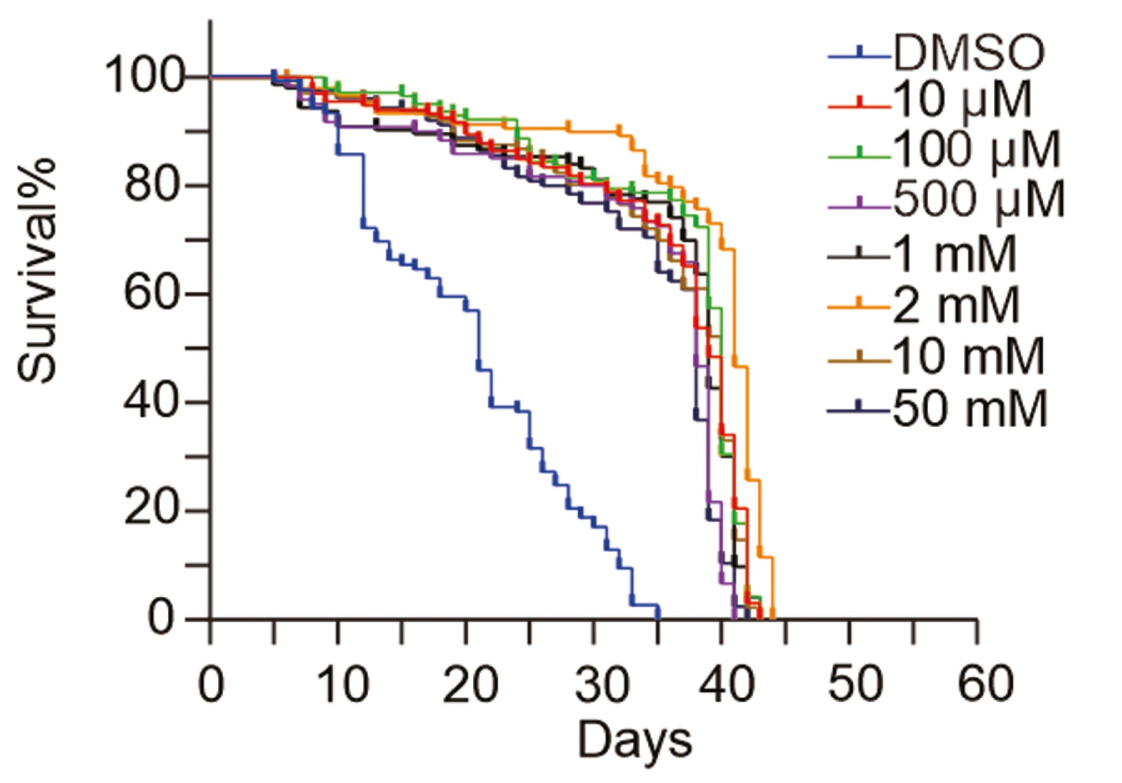Unlocking exercise’s anti-aging key: Betaine as first oral mimetic | EurekAlert!
For those interested in what form to take, I asked ChatGPT 5.
So which form is most likely to give the greatest exercise-mimetic + anti-inflammatory benefits?
Putting it together:
- Betaine anhydrous (trimethylglycine TMG)
-
Directly studied in:
- Exercise performance and training adaptation RCTs in athletes.MDPI+2BioMed Central+2
- Human anti-inflammatory contexts (youth soccer cytokine data, liver disease trials, observational cohorts).BioMed Central+2MDPI+2
- Exercise performance and training adaptation RCTs in athletes.MDPI+2BioMed Central+2
-
Mechanistic rationale for being an exercise mimetic (TBK1 inhibition, homocysteine / methylation modulation, mitochondrial and metabolic adaptations) is built around this exact molecule.Frontiers+1
-
Doses used in studies commonly range from 2–6 g/day for 2–14 weeks.
- Betaine HCl
-
Evidence base focuses on hypochlorhydria and digestion, not systemic adaptations.PMC+1
-
At matched betaine doses, systemic effects should in theory be similar (since HCl dissociates), but in practice:
-
Doses are lower and taken with meals.
-
Trials have simply not measured the endpoints you care about (exercise-mimetic markers, systemic inflammation).
-
- Betaine nitrate
- No RCTs isolating this form for performance or inflammation outcomes; expert review explicitly calls its current use “unjustified” based on the evidence.jn.nutrition.org
- Any performance edge likely comes from the nitrate, which you could obtain just as well (and more cheaply / predictably) from established nitrate sources like beetroot juice.
This paper implies that betaine is a key factor in lifespan extension of several interventions on C. Elegans. Senolytics Enhance the Longevity of Caenorhabditis elegans by Altering Betaine Metabolism
Dosing doesn’t matter much, it’s effective at a broad range of doses.
